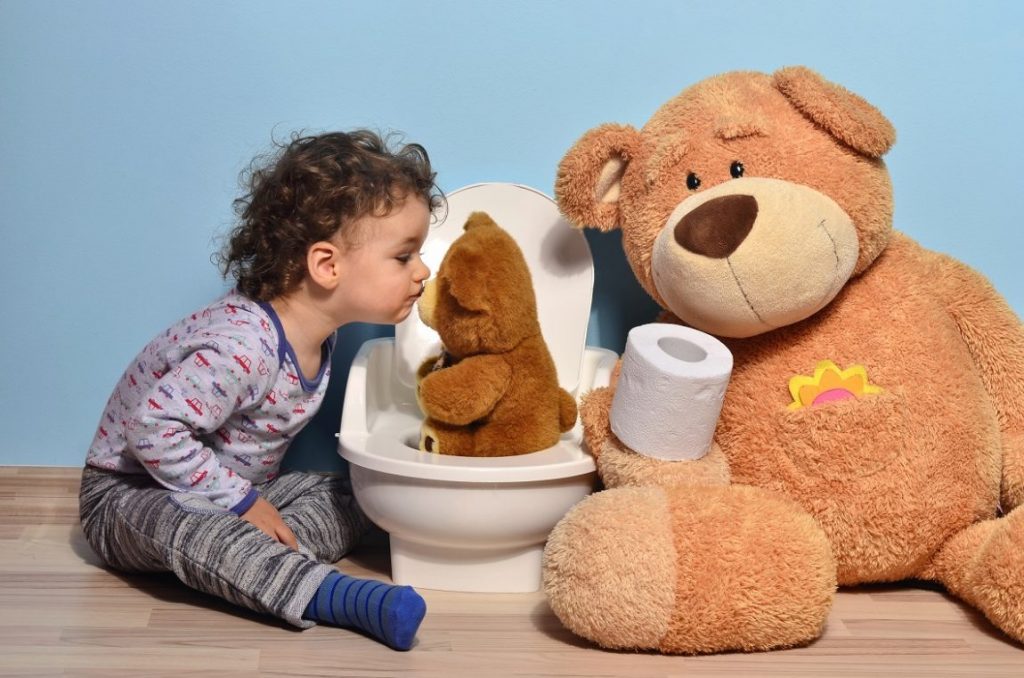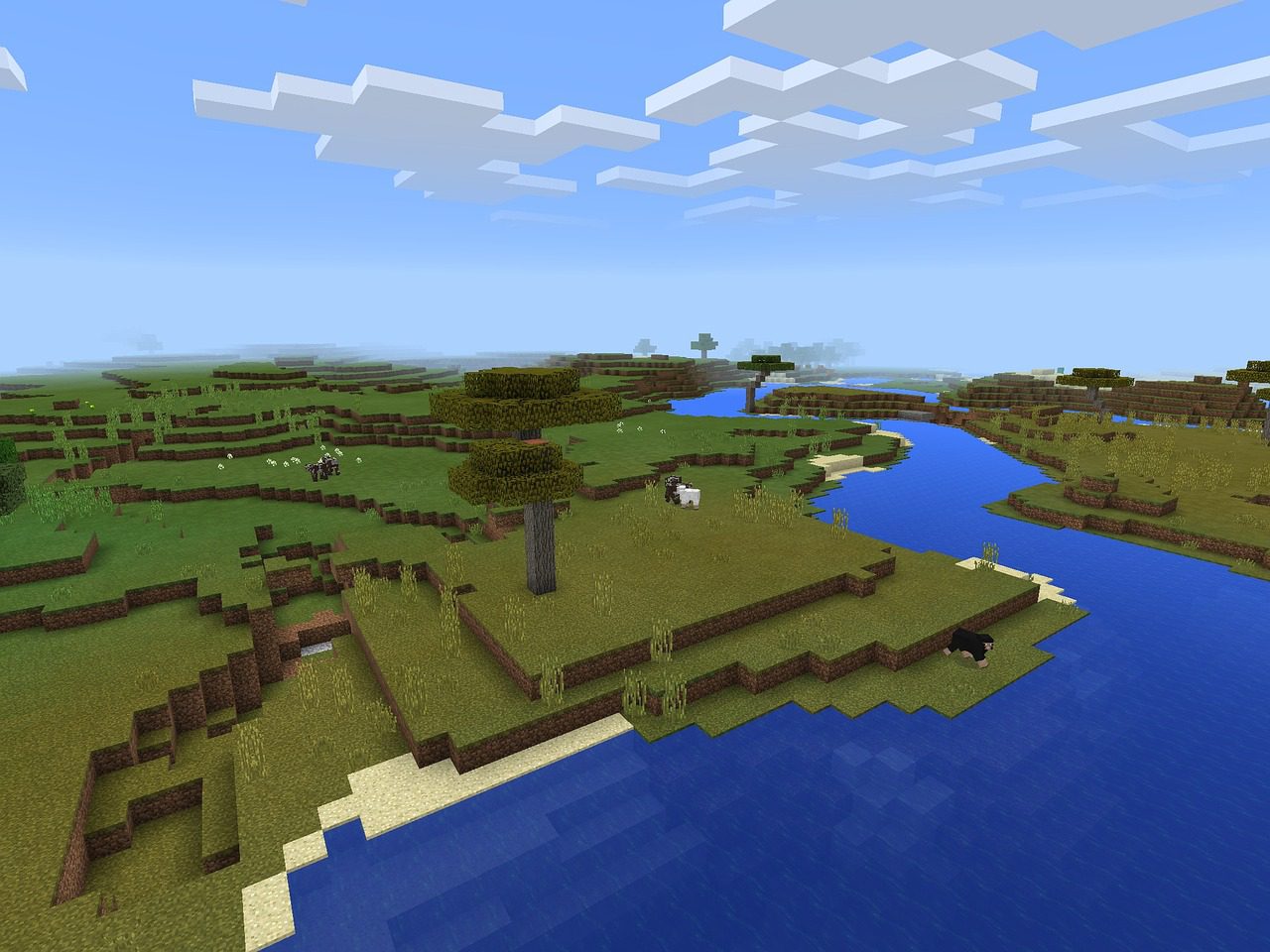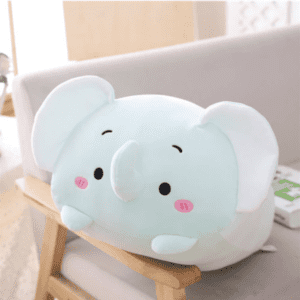Healthy gums and teeth are essential for the overall development of your kid and hence proper care shall be taken of them from a very early age. Despite that, the first teeth usually come at the age of six months or later, gums are also vulnerable and need to be well protected. An oral care routine shall be established from the birth of your child and it will set them up for a lifetime of good oral health.
Do not underestimate baby teeth – they may be small and with a short life-span, however, the role they play is significant. They are the placeholders for adult teeth and their health predetermines the overall health of your kid’s teeth. In addition to that, without a healthy set of baby’s teeth, your child will not be able to chew properly and may have problems with speaking clearly.
Knowing how to take proper care of gums and first teeth is of great help for parents. Here are some essential tips on what you need to do during each phase of your kid’s teeth development so that you can make sure that their oral hygiene is at a high level.
Taking care of your baby’s gums
Oral care shall start before the teeth have come out. Baby gums also need to be well-cleaned and even if bacteria in the mouth can do no harm to the gums before the teeth have appeared.
One of the easiest ways to clean your baby’s gums is by wiping them with gauze or a soft wet washcloth. You can start this procedure initially during bath time when the baby is calm and relaxed, given that they enjoy their bath. Then you can do it after each meal, especially once you introduce solid food. Be persistent even if your baby is fussing about the procedure. Soon they will get used to it and even come to enjoy it.
How to clean baby’s gums
The simplest way is by wrapping the cloth or gauze around your index finger and gently rub your kid’s gums. You just need to keep it wet and it will do the trick. Don't use any toothpaste at this stage.
Another option is to buy those thimble-like, rubber devices that also fit around your index finger and use them to massage your baby’s gums and remove excess food from their mouth.
Once your baby is able to hold an object in their hands, you can also introduce a silicone made teething toothbrush and encourage them to rub their gums by themselves. Most of the kids will love the activity, especially if they have started teething as this will soothe them additionally. The Baby Banana Teething Brush is one smart and useful addition to your baby oral health routine. It is small enough to fit into the tiny hands of your baby and quite easy to use. The bonus is that you can also freeze it and use it to soothe the little one while teething. It is made of 100% medical-grade silicone that is quite resistant, so you can boil it or simply clean it in the dishwasher.
The sooner you introduce oral care to your baby, the easier it will be for them to transition to using a toothbrush and toothpaste.
How to soothe teething?
Teething is a special period in your baby’s development, which requires your attention and assistance. Most of the babies drool extensively while teething which is quite natural. Quite a lot of them also experience some discomfort and even pain. it is up to you to offer them some kind of relief while still maintaining perfect oral hygiene.
There are different approaches to the problem of teething and you need to find the right one for your baby. Some of the most popular soothing options include:
Use teething rings
Teething rings that your baby can chew on massage their gums and relieve the pain. You can freeze them to offer a cool relief for their swollen gums.
Use a teething brush
Use teething brushes both to clean your baby’s gums after each meal and before bedtime but also as a safe object that they can use to chew and massage their guns.
Apply teething gels
Applying teething gel can relieve pain and prevent irritation. As most of the teething gels also contain antiseptic ingredients, they are also good for preventing any infections in your baby’s mouth or around it
Provide healthy food your baby can chew on
Healthy food for chewing is great, given that your kid is older than six months and has already been introduced to this type of food. Long pieces of apple or carrot are a perfect solution but you can use almost any raw fruits and vegetables. A crust of bread may be an option for bigger babies.
Use painkilling medicine
Use painkilling medicine such as paracetamol or ibuprofen for babies and kids if your baby has a lot of pain and/or mild temperature that is below 38C. Note that kids under the age of 16 should not drink aspirin.
Keep in mind that comforting and playing with your baby is the best way to distract them from the pain and irritation they feel while teething. Do not forget to continue cleaning their gums properly and keep an eye on that first tooth that will soon change the oral hygiene routine you have established by completing it.
How to brush the first baby teeth
Once the first teeth appear, you need to start taking care of them. Many parents underestimate the role of the first teeth, which can have a negative effect on the baby’s development. Even though the first teeth are replaced, they preserve the spacing for the permanent ones. They also help the kid chew and talk clearly. If no proper care is taken of the baby teeth, they may decay and affect the gum leading to gum infection called gingivitis.
So, when the first teeth pop up, it is time to replace the cloth or rubber thimble-like device you have used to clean your baby’s gums with a toothbrush. There are three things that you need to keep in mind when purchasing your baby’s first toothbrush:
- It should be a soft toothbrush
- The toothbrush should have a small head
- The toothbrush should have a large handle
Once these three requirements are met, you can rest assured that you have chosen the right toothbrush for your baby. You can pick up their favorite color in order to make the object more attractive and appealing to your kid.
Once you see the first teeth, you can start brushing them by simply wetting the toothbrush at the beginning and gently cleaning each tooth individually and the gums. Once the teeth erupt, the American Academic of Pediatrics (AAP) recommends brushing them with a little tiny bit of fluoride toothpaste. The initial amount of toothpaste you use should about the size of a grain of rice. Since your baby is not able to split it, you do not have to rinse after toothbrushing. The small amount of toothpaste that you use guarantees that everything is ok. Brush gently around all of your kid’s teeth from every side – front and back. Once your kid is 3 years old, you can increase the amount of toothpaste to the size of a pea.
Here are the main steps to follow when brushing your baby’s first teeth.
- Set a routine to brush your baby’s teeth twice a day – in the morning and right before bedtime.
- Brush gently around each tooth and the baby’s tongue as well. Note that your baby might be reluctant in the beginning but cleaning the tongue is essential – you can dislodge bacteria that causes bad breath.
- Brush after a meal in case the food your kid ate may stick longer to their teeth.
Don't forget to replace the toothbrush at regular intervals. Each parent can set the timeframe but generally 3-4 weeks are sufficient for the bristles to start looking worn out or splayed.
You should brush your kid’s teeth until they are old enough to hold the toothbrush themselves – this usually happens around their second year. Still, you need to supervise them until you make sure that they are able to successfully rinse and spit. That time comes at a different age for each child but is usually around their sixth birthday.
If you have the habit of flossing your teeth, you are probably wondering when you shall introduce the floss to your kids. The answer is that the first teeth are usually far apart from one another and there is no need to floss them. The dentists recommend that you shall start flossing when the teeth touch firmly and you cannot brush between them.
What is the role of fluoride?
Fluoride is an important element that is contained in toothpaste and helps strengthen tooth enamel and prevent decay. While it is necessary for adults, it may have a harmful effect on your baby if it is an excessive amount. Therefore, some of the different types of kid’s toothpaste come without it and we shall use only a very tiny amount of those that contain fluoride. Thus, even if the kid swallows it, it will do them no harm.
Fluoride intake is important for your child after the age of six months and the easiest way they get is through drinking tap water or formula made with tap water. Most of the municipal water has sufficient content of fluoride but if it doesn’t or if you are using spring or mineral water, you can consult your doctor to check if your kid needs fluoride supplements.
Note that you should not give your kid fluoride supplements without a doctor’s prescription and that it is not suitable for kids under six months.
If your kid takes too much fluoride, they may develop fluorosis, which causes white spots on the teeth. Consult your dentist if you have any doubts.
Baby cavities and what causes them?
Babies can develop cavities the same way adults do. The cavities initially appear as white spots that get darker with time (brown or black). Bad breath can also be a sign that your kid has cavities. It is important to seek dental help and take care of them as soon as possible. While your kid’s first teeth will eventually fall, it is important that they stay healthy. If some teeth decay and fell, the place they keep for the permanent teeth may be insufficient and they can appear crooked or overlapping.
Fruit juices, soda or other sugary drinks can lead to decay, so avoid filling your baby’s bottle with them. Use only water, milk or breastmilk to fill the baby bottle. Do not put any sugar or honey on your baby’s pacifier either. Sweet drinks and food can settle on the teeth and thus lead to decay.
Some other foods that can contribute to cavities include fruit, dried fruit such as raisins, jelly, juice, peanut butter, pasta, bread, crackers. You need to serve them with water so that it can rinse them and they do not stay long on the teeth. You can also brush your kid’s teeth after serving more sugary fruits – even simply using a wet toothbrush.
When to introduce your baby to the dentist?
The American Academy of Pediatrics and the American Academy of Pediatric Dentistry recommend that you need to take your baby to the dentist when they are 1 year old or within six months after their first teeth appear. Meantime, your doctor shall have a look at their gums and teeth and every scheduled well-baby visit.
Note that good oral hygiene is essential for the overall health of your child. Introducing a toothbrushing routine from a very early age is the responsibility of the parent and can be the base of a healthy habit for life.



































